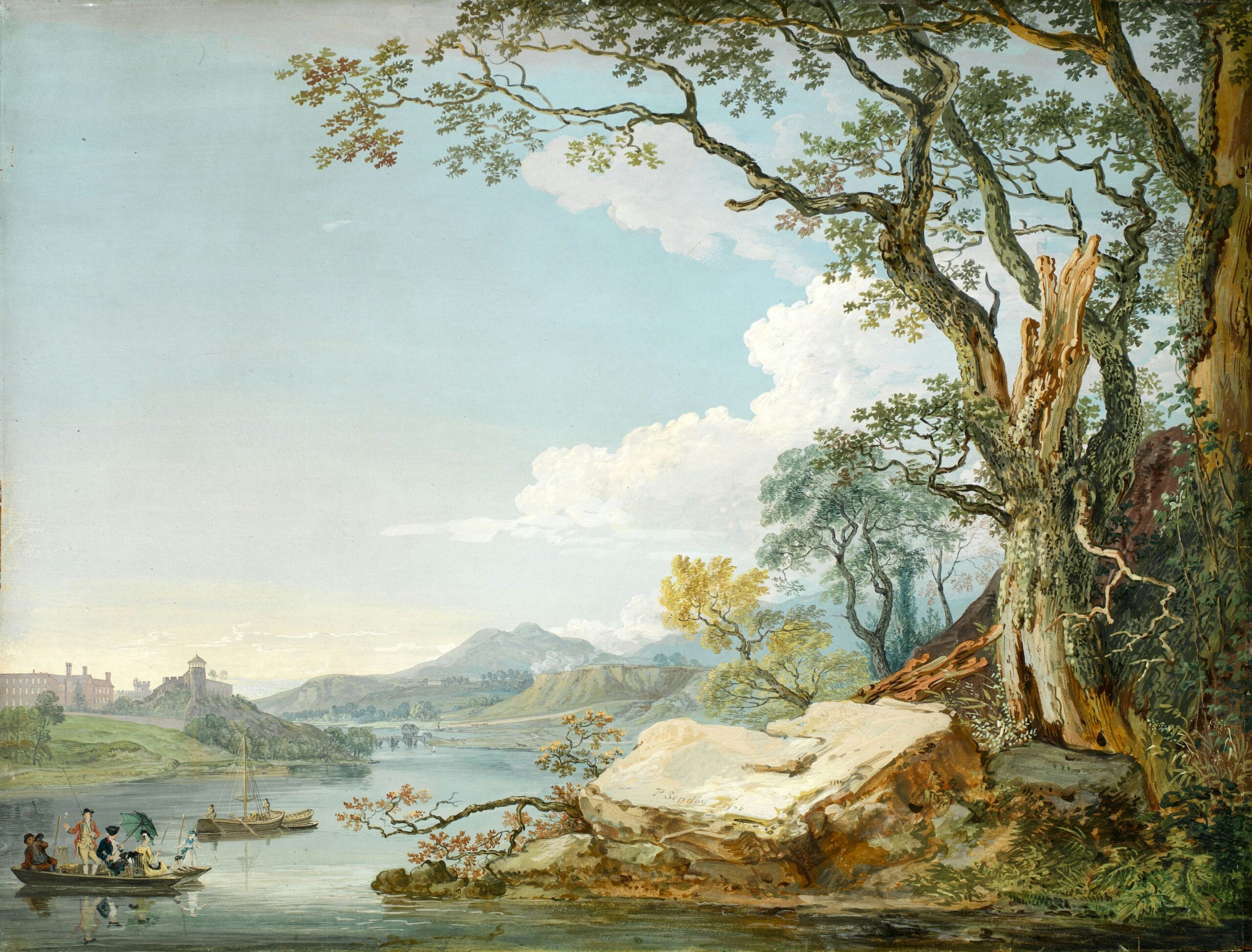
From the earliest cave drawings to contemporary masterpieces hanging in world-renowned galleries, painting has served as a timeless form of human expression. It transcends language barriers, captures emotions, and preserves moments in ways words often cannot. For some, painting is a professional pursuit; for others, it is a therapeutic hobby. Regardless of style or medium, the act of painting continues to inspire, connect, and transform lives across generations.
The History of Painting: From Caves to Canvases
The roots of painting stretch back tens of thousands of years. Prehistoric cave paintings in places like Lascaux, France, reveal how early humans used natural pigments to depict animals and scenes of hunting. As civilizations advanced, painting evolved into a means of storytelling, religious expression, and cultural identity. The Renaissance period marked a pivotal moment, with artists such as Leonardo da Vinci and Michelangelo pushing boundaries of perspective, anatomy, and technique. Today, painting remains a diverse and thriving global art form, blending tradition with innovation.
Painting Styles: A Spectrum of Creativity
One of painting’s greatest strengths is its diversity. Styles range from realism, which seeks to replicate life with accuracy, to abstract painting, which emphasizes emotion and interpretation over literal representation. Impressionism, popularized by artists such as Claude Monet, captures fleeting moments through the interplay of light and color. Expressionism, on the other hand, delves deep into emotion and inner experience. Contemporary painters often blend these approaches, creating hybrid works that reflect modern experiences. Each style offers unique opportunities for self-expression and interpretation.
Media and Materials: Tools of the Artist
Painters use a variety of media to bring their visions to life. Oil paints, with their rich textures and vibrant colors, allow for blending and layering, making them a favorite among traditional artists. Acrylics offer versatility and fast-drying qualities, while watercolors provide softness and transparency. Beyond paint, artists experiment with mixed media, incorporating ink, collage, and even digital tools. Brushes, palettes, and canvases are essential. Still, the rise of digital painting has expanded creative possibilities, enabling artists to work on virtual canvases with an endless array of tools at their fingertips.
The Emotional and Psychological Impact of Painting
Painting is more than a visual art—it is an emotional outlet. Many find painting therapeutic, using it as a way to manage stress, process feelings, and boost mental well-being. The act of mixing colors, applying brushstrokes, and creating shapes can be deeply calming, fostering mindfulness and self-reflection. Art therapy, which often incorporates painting, is widely used in clinical settings to help individuals express emotions that are difficult to articulate verbally.
Painting in Modern Culture and Society
In the modern world, painting remains a vital part of culture and society. Public murals beautify urban spaces and deliver powerful social messages. Online platforms allow artists to share their work globally, making painting more accessible than ever before. Painting also intersects with design, fashion, and advertising, influencing trends and shaping cultural aesthetics. Even in a digital-first era, the tangible and tactile nature of painting offers a sense of authenticity and connection that resonates with audiences.
Painting as a Career and Passion
For many, painting is more than a hobby—it is a career. Professional painters may work as fine artists, illustrators, muralists, or designers. Others sell their works through galleries, exhibitions, or online marketplaces. While the art industry is competitive, the digital age has opened doors for independent creators to reach global audiences without traditional gatekeepers. Even for those who pursue it purely as a passion, it provides a rewarding way to channel creativity and enrich personal growth.
Learning to Paint: Starting Your Artistic Journey
Painting is an art form accessible to all, regardless of experience. Beginners can start with basic supplies—brushes, paints, and paper or canvas—and gradually experiment with different techniques. Online tutorials, workshops, and local art classes offer guidance and community support. The key is practice and patience; even professional artists spend years refining their craft. By starting small and embracing the learning process, anyone can discover the joy of painting.
The Future of Painting: Tradition Meets Innovation
While painting is rooted in tradition, it continues to evolve in tandem with technological advancements. Digital has emerged as a significant art form, with programs like Procreate and Photoshop enabling artists to create intricate works without the need for physical materials. Virtual reality painting takes it a step further, allowing for immersive 3D creations. Despite these advancements, traditional painting remains deeply valued for its tactile, hands-on qualities. The future likely lies in a blend of the two—honoring its past while embracing modern innovation.
Painting as a Reflection of Humanity
Painting has always been more than color on canvas—it is a reflection of human creativity, resilience, and imagination. Whether capturing historical events, expressing personal emotions, or pushing artistic boundaries, painting remains an enduring force in art and culture. For artists and admirers alike, it provides a means to connect, reflect, and experience the world through a fresh lens. As long as people continue to seek meaning, beauty, and expression, painting will hold its place as one of humanity’s most cherished art forms.